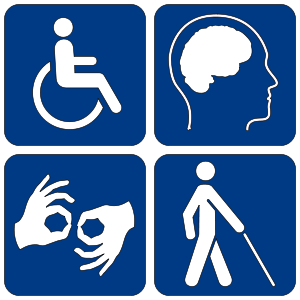 Image via WikipediaThis is from a post I wrote in June on another blog...
Image via WikipediaThis is from a post I wrote in June on another blog...Now that you've finally made it to the summer, it's time to get to that list of things you want to do. If you're like me, you have a number of ideas and projects for education that have been sitting on the back burner. One topic I'll be pursuing is the accessibility of technology for people with disabilities.
I have to admit that this is an area I haven't considered in my fervor to integrate technology. It is, however, an issue that I've noticed more and more in the material I come across. Like this article in Campus Technology entitled "Department of Ed Expands on Accessibility Issue in Ed Tech", most point out that education is meant to be provided to everyone no matter what form it takes. Web content providers, such as myself, need to take this into account as we publish our material for use in the classroom. W3C, the World Wide Web Consortium lists some areas to consider:
- alternative text for images
- keyboard input
- transcripts for podcasts
This is definitely an area I wished I considered when I first designed my materials. If you plan on creating a large website, you would be wise to take these ideas into account. Not only will you be making your material more accessible to everyone, but you will be saving yourself a lot of time from re-designing what you already have.

No comments:
Post a Comment